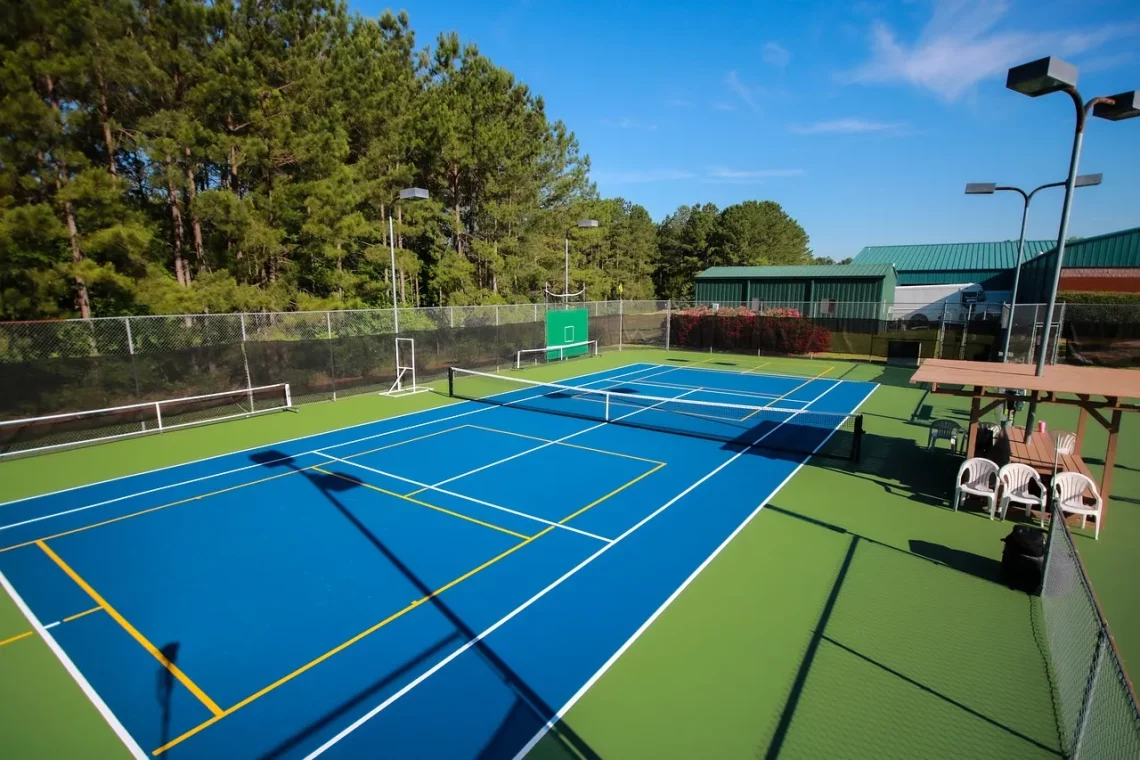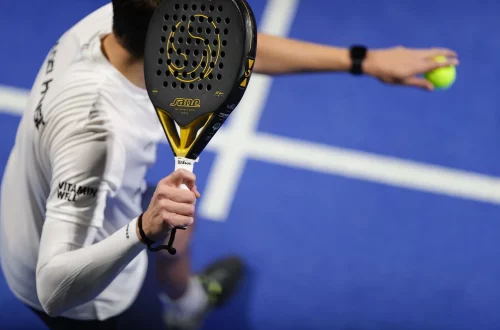
The Ultimate Guide to Choosing a Legacy Pickleball Paddle
Choosing the right pickleball paddle can significantly enhance your game and overall enjoyment of this rapidly growing sport. With its blend of tennis, badminton, and table tennis elements, pickleball has attracted players of all ages and skill levels. As the game continues to gain traction, manufacturers have responded by offering a vast array of paddles, each designed to cater to different playing styles, preferences, and budgets.
Understanding the various features and specifications of pickleball paddles can be overwhelming for both beginners and experienced players. Factors such as weight, material, grip size, and paddle shape all play crucial roles in determining the right paddle for you. Moreover, the perfect paddle can help improve your performance on the court, allowing for better control, power, and technique.
In this guide, we will explore the essential elements to consider when selecting your legacy pickleball paddle. By familiarizing yourself with these components, you can ensure you make an informed decision, ultimately elevating your game and enhancing your enjoyment of this exciting sport.
Understanding Paddle Materials and Their Impact on Performance
The materials used in the construction of pickleball paddles can greatly influence their performance characteristics. Generally, paddles are made from either wood, composite, or polymer materials, each offering unique advantages and disadvantages.
Wooden paddles are typically the most affordable option and are excellent for beginners. They provide a solid feel and are durable, but they tend to be heavier and less responsive than their composite counterparts. As a result, players may find it challenging to generate the same level of power and control needed for advanced gameplay.
Composite paddles, on the other hand, are favored by many intermediate and advanced players due to their lighter weight and enhanced performance capabilities. These paddles are constructed using a combination of materials, such as fiberglass, carbon fiber, and various core types. The use of these materials allows for greater flexibility in design, enabling manufacturers to create paddles that cater to different playing styles.
One popular choice among competitive players is the polymer core paddle, which offers a perfect balance of power and control. The polymer core is known for its excellent shock absorption properties, making it easier to hit accurate shots with minimal vibration. Additionally, composite paddles often feature textured surfaces that enhance ball spin and control, providing players with the ability to execute more advanced shots.
When choosing a paddle, consider your playing style and skill level. Beginners may benefit from the durability and affordability of wooden paddles, while more experienced players should explore the advantages offered by composite and polymer options. Ultimately, selecting the right material will significantly impact your overall performance and enjoyment of the game.
Weight and Balance: Finding Your Ideal Paddle
The weight of a pickleball paddle is a critical factor that can affect your gameplay. Paddles typically range from 6 to 14 ounces, with lighter paddles being easier to maneuver and control, while heavier paddles can provide more power behind your shots.
Lightweight paddles, usually around 6 to 8 ounces, are ideal for players who prioritize quick reflexes and maneuverability. These paddles allow for faster swings and are less strenuous on the arm during extended play. However, some players may find that they sacrifice power with a lighter paddle, as generating forceful shots can require more effort and technique.
On the other hand, heavier paddles typically weigh between 8 to 14 ounces and can provide enhanced power and stability. These paddles are often preferred by players who rely on strong, aggressive shots and want to maintain control during intense rallies. However, the additional weight can lead to fatigue over time, especially for those who play for extended periods.
Balance is another essential aspect to consider when selecting a paddle. Paddles can be categorized as head-heavy, head-light, or evenly balanced. A head-heavy paddle offers more power on shots but may be less maneuverable, while a head-light paddle provides better control and faster swings. An evenly balanced paddle offers a compromise between power and control, making it a versatile choice for many players.
When choosing the weight and balance of your paddle, it’s crucial to consider your playing style and physical condition. Spend some time testing different paddles to find the combination that feels most comfortable and enhances your performance on the court.
Grip Size and Comfort: Essential Considerations
Grip size and comfort are often overlooked when selecting a pickleball paddle, yet they play a significant role in your overall performance and enjoyment of the game. An appropriate grip size ensures that you can maintain control over your paddle while reducing the risk of injury.
Grip sizes for pickleball paddles typically range from 4 inches to 4 ¾ inches in circumference. To determine your ideal grip size, you can perform a simple test: hold the paddle with your dominant hand and try to insert your index finger between your fingers and palm. If your finger fits comfortably, you have the right grip size. If it feels too tight or too loose, you may need to adjust to a larger or smaller grip.
A grip that is too small can cause excessive hand movement and lead to a lack of control, while a grip that is too large can result in discomfort and fatigue during extended play. Choosing a comfortable grip size allows you to maintain better control over your shots, which is vital for executing precision plays.
Additionally, the material of the grip can also affect comfort and performance. Many paddles feature cushioned grips that provide additional shock absorption and better handling. Look for paddles with grips that wick away moisture, as this will help you maintain a secure hold during intense matches.
Ultimately, selecting the right grip size and material will enhance your overall playing experience, allowing you to focus on your game rather than discomfort or fatigue.
Choosing the Right Paddle Shape for Your Style
The shape of a pickleball paddle can significantly influence your playing style and overall performance on the court. Paddles generally come in three primary shapes: standard, elongated, and wide-body. Each shape offers unique benefits and is suited for different playing styles.
Standard-shaped paddles are the most common type and feature a traditional paddle shape with a balanced sweet spot. These paddles are versatile and suitable for various playing styles, making them an excellent choice for beginners and intermediate players.
Elongated paddles, as the name suggests, are longer and narrower, providing a larger surface area for striking the ball. This shape is favored by players who prefer powerful overhead shots and aggressive play. The extended reach allows for better ball control and placement, making it easier to execute difficult shots. However, the elongated design may sacrifice some maneuverability compared to standard paddles.
Wide-body paddles feature a broader surface area, making them ideal for players who prioritize control and precision over power. The larger sweet spot allows for consistent ball contact, reducing the chances of mishits. These paddles are particularly beneficial for doubles play, where quick reactions and accurate shots are crucial.
When selecting a paddle shape, consider your playing style, strengths, and weaknesses. Trying out different shapes will help you determine the best fit for your game, ultimately improving your performance and enjoyment on the court.
In conclusion, choosing the right legacy pickleball paddle involves careful consideration of materials, weight, grip size, and shape. By understanding these critical aspects, you can make an informed decision that enhances your performance and enjoyment of this exciting sport. Remember to test various paddles to find the one that feels best for you, allowing you to focus on your game and have fun on the court.




